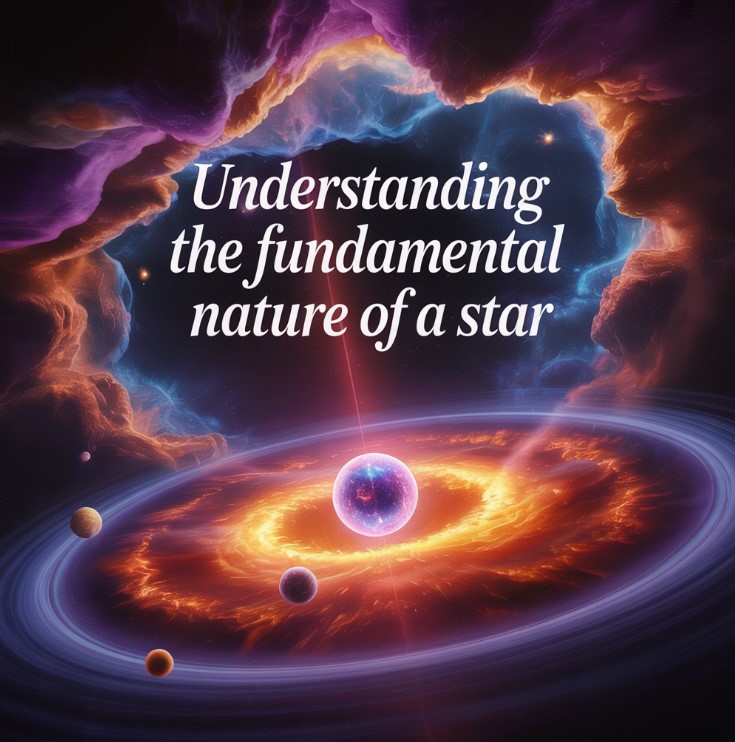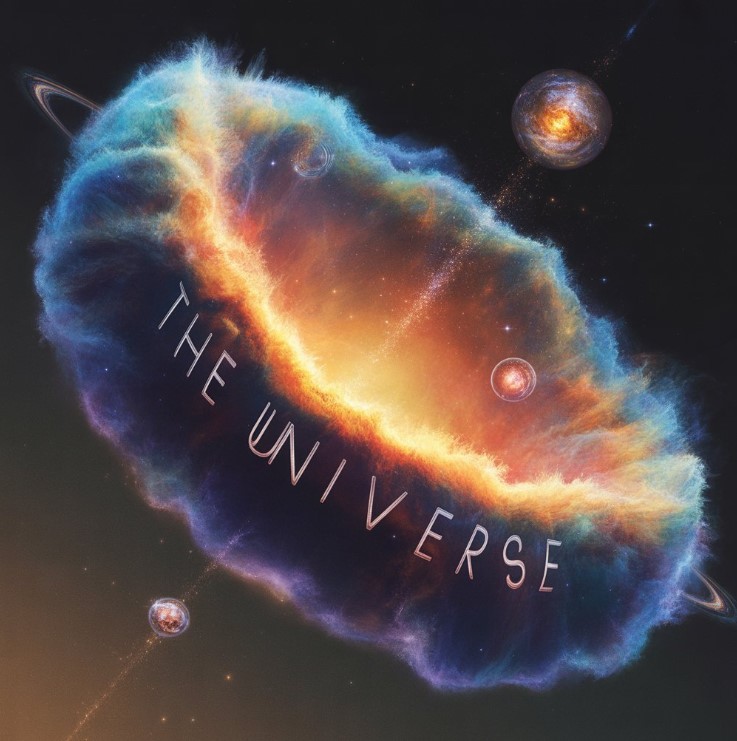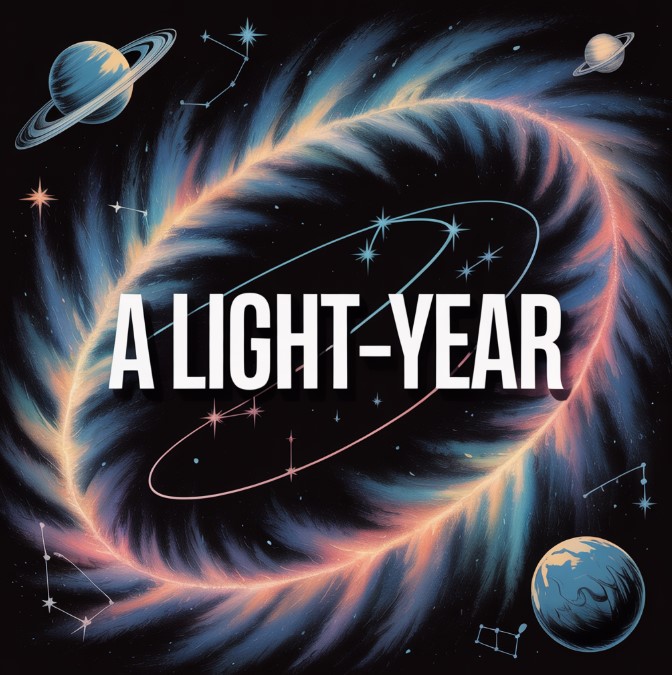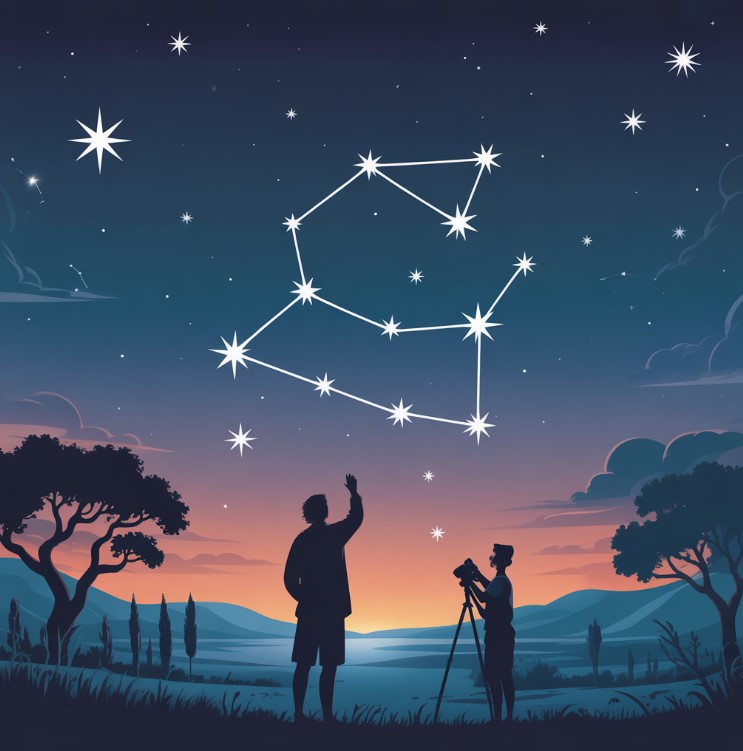Contents
This guide explains stars, covering the main characteristics of stars, the key difference between a star and shooting stars, and the science behind events like a meteor shower.
Understanding the Fundamental Nature of a Star
Every star is a giant ball of hot gas that stays stable because of a perfect balance. Gravity constantly pulls all the gas inward, while the huge amount of energy made in the star‘s core pushes outward. This energy comes from a process called nuclear fusion, which makes the star shine brightly. Stars are the basic building blocks of galaxies. They are more than just lights in the sky; they are like giant factories that create new, heavier elements. When a star eventually dies, it can release these elements into space, providing the raw materials for new planets and everything on them. Looking at a single star helps us understand how the universe works.
Frequently Asked Questions: What are stars made of?
A very common question is, what are stars made of? The recipe for a typical star is quite simple.
- Hydrogen (~74%): This is the main fuel that a star burns throughout most of its life.
- Helium (~25%): This is what hydrogen turns into during the fusion process inside a star.
- Heavier Elements (~1%): A tiny part of a star is made of other elements like oxygen, carbon, and iron. These were created inside older stars that have since died.
The Formation and Life Cycle of a Star
Knowing what a star is made of helps us understand where it comes from and what happens to it over time. The journey of every star is a long one, defined by the constant push and pull between gravity and the energy it produces.
How are stars formed?
The answer to how are stars formed starts inside huge, cold clouds of gas and dust that float in space.
- Cloud Collapse: Gravity begins to pull a dense clump of gas and dust together, causing it to shrink and get smaller. As it shrinks, it starts to heat up.
- A Protostar is Born: The material gathers into a spinning ball at the center called a protostar. This baby star is not yet a true star because it isn’t hot enough for fusion, but it glows from the heat of its own shrinking.
- Fusion Begins: When the core of the protostar gets extremely hot and dense, nuclear fusion finally starts. This powerful process releases a massive amount of energy, which stops the star from collapsing any further. A stable, main-sequence star is now born.
The Life Cycle of a Star
The life cycle of a star depends almost entirely on how much mass it starts with. A star with less mass will live a much different life than a very massive star.
Path 1: Average Stars (like The Sun)
Gas Cloud → Average Star → Red Giant → Planetary Nebula → White Dwarf
Path 2: Massive Stars
Gas Cloud → Massive Star → Red Supergiant → Supernova → Neutron Star or Black Hole
An average star, like our Sun, will spend billions of years as a stable star. When it runs out of its main hydrogen fuel, the balance is lost. Its outer layers swell up, and it becomes one of the large, bright Red giants. Eventually, these outer layers drift away, leaving behind the small, hot core of the star. This core is called a White dwarf, and it will slowly cool down over billions of years.
A massive star has a much shorter and more dramatic life. It becomes a huge red supergiant before ending in a powerful explosion called a supernova. This explosion is so bright it can outshine an entire galaxy. The core that is left behind will crush down into one of the incredibly dense Neutron stars, or if the star was big enough, a black hole.
A Guide to the Types and Characteristics of Stars
Because stars have different masses and are at different stages in their lives, we see many different types of stars in the sky. The various characteristics of stars, like color and brightness, help scientists sort them into groups.
How are stars classified?
To answer how are stars classified, scientists look at the light a star gives off. The color of a star tells us its temperature—blue stars are very hot, while red stars are cooler. Scientists can also study the light to see what elements are inside the star. This system sorts stars into classes known as O, B, A, F, G, K, and M.
| Spectral Class | Color | Temperature (Approx.) | Simple Description & Example Star |
|---|---|---|---|
| O | Blue | > 30,000 K | The hottest and most massive stars. They live very short lives. Example: Alnitak |
| B | Blue-White | 10,000–30,000 K | Very bright and powerful stars. Example: Rigel |
| A | White | 7,500–10,000 K | Many of the bright stars we see are this type. Example: Vega |
| F | Yellow-White | 6,000–7,500 K | A bit bigger and hotter than our Sun. Example: Polaris |
| G | Yellow | 5,200–6,000 K | Stable, average stars like our own. Example: The Sun |
| K | Orange | 3,700–5,200 K | Cooler and dimmer than The Sun. Example: Arcturus |
| M | Red | 2,400–3,700 K | The most common type of star in the universe. They live for a very long time. Example: Betelgeuse |
What type of star is the sun?
People often ask, what type of star is the sun? Our Sun is a G-type main-sequence star. This tells us it is a yellow star of average temperature and size, currently in the long, stable period of its life where it is turning hydrogen into helium.
Observing the Stars: Constellations and Notable Examples
For thousands of years, people have connected the dots between stars to create patterns in the sky. These patterns are called Constellations. Famous constellations include Orion and the Big Dipper. The stars in constellations are not actually close to each other; they just look that way from our viewpoint on Earth.
Examples of stars in the sky
Some individual stars are famous for their unique qualities. Here are some key examples of stars in the sky:
- Sirius: This is the brightest star in our night sky. It’s so bright because it’s both powerful and relatively close to us.
- Betelgeuse: This star is a giant red star near the end of its life, and it’s one of the largest stars we can see.
- Polaris (The North Star): This star is special because it appears to stay in the same spot in the sky as the Earth spins.
- Proxima Centauri: This is the closest star to The Sun.
What is the brightest star in the night sky?
The clear answer to what is the brightest star in the night sky? is Sirius. No other star appears as bright to us here on Earth.
Distinguishing Stars from Other Celestial Events
When you look up at night, not everything that shines or streaks across the sky is a star. It is important to know the difference between a real star and other night-sky events.
What is the difference between a star and a shooting star?
It is very important to understand what is the difference between a star and a shooting star. A star is a massive, distant ball of gas that makes its own light, trillions of miles away. Shooting stars, on the other hand, are not stars at all. A “shooting star” is the streak of light we see when a small piece of space rock or dust, often no bigger than a pebble, burns up as it enters Earth’s atmosphere at high speed. It’s a quick event that happens just 50-75 miles above our heads.
Frequently Asked Questions: What causes a meteor shower?
The answer to what causes a meteor shower? is directly related to shooting stars. A meteor shower happens when Earth passes through a cloud of dust and debris left behind by a comet or asteroid. As Earth travels through this dusty trail, many of these small particles enter our atmosphere at once, creating a beautiful display of dozens or even hundreds of shooting stars in a short time.







